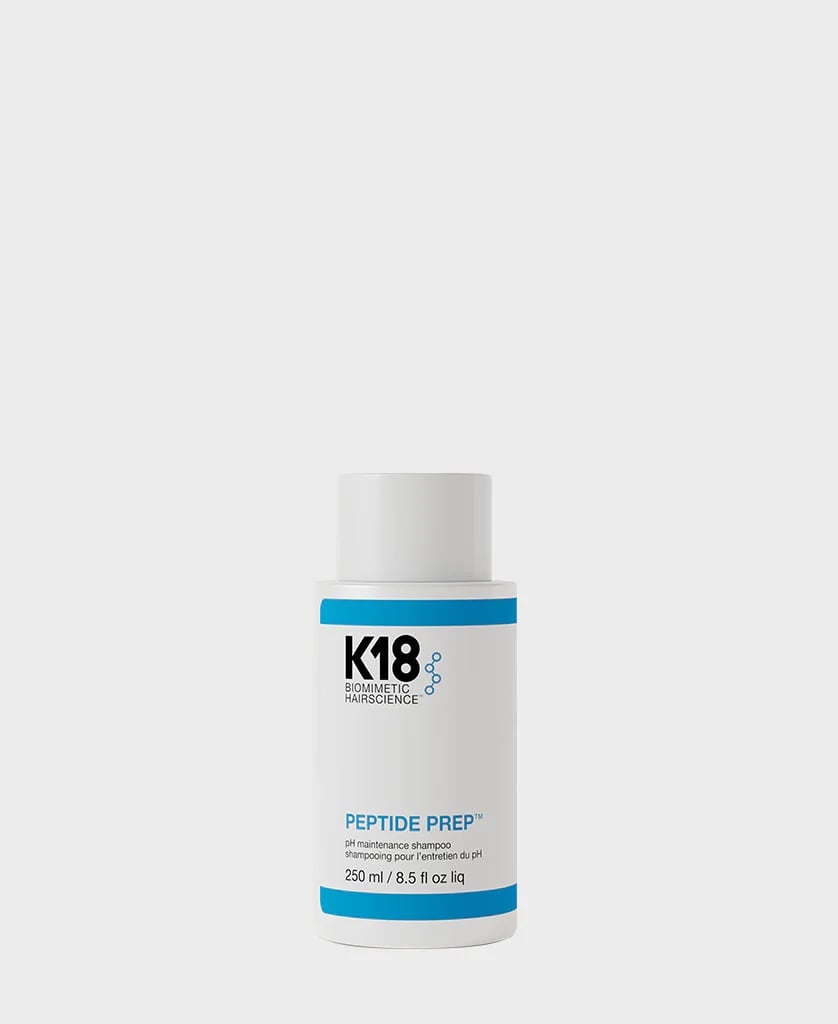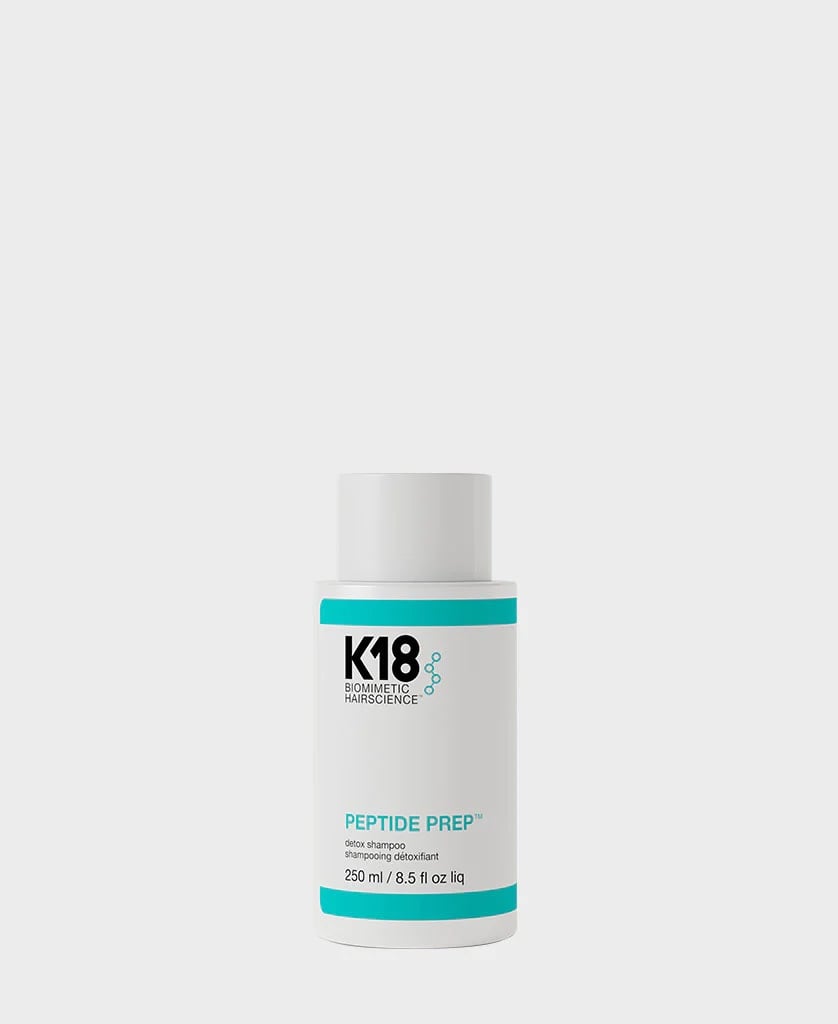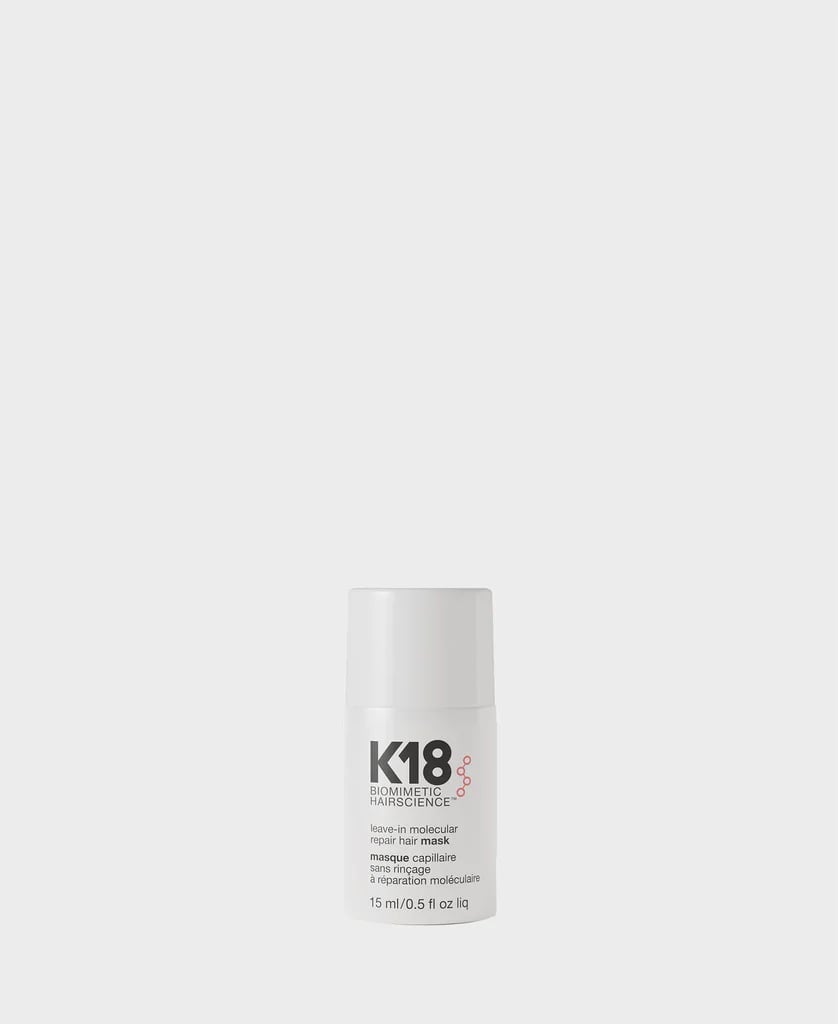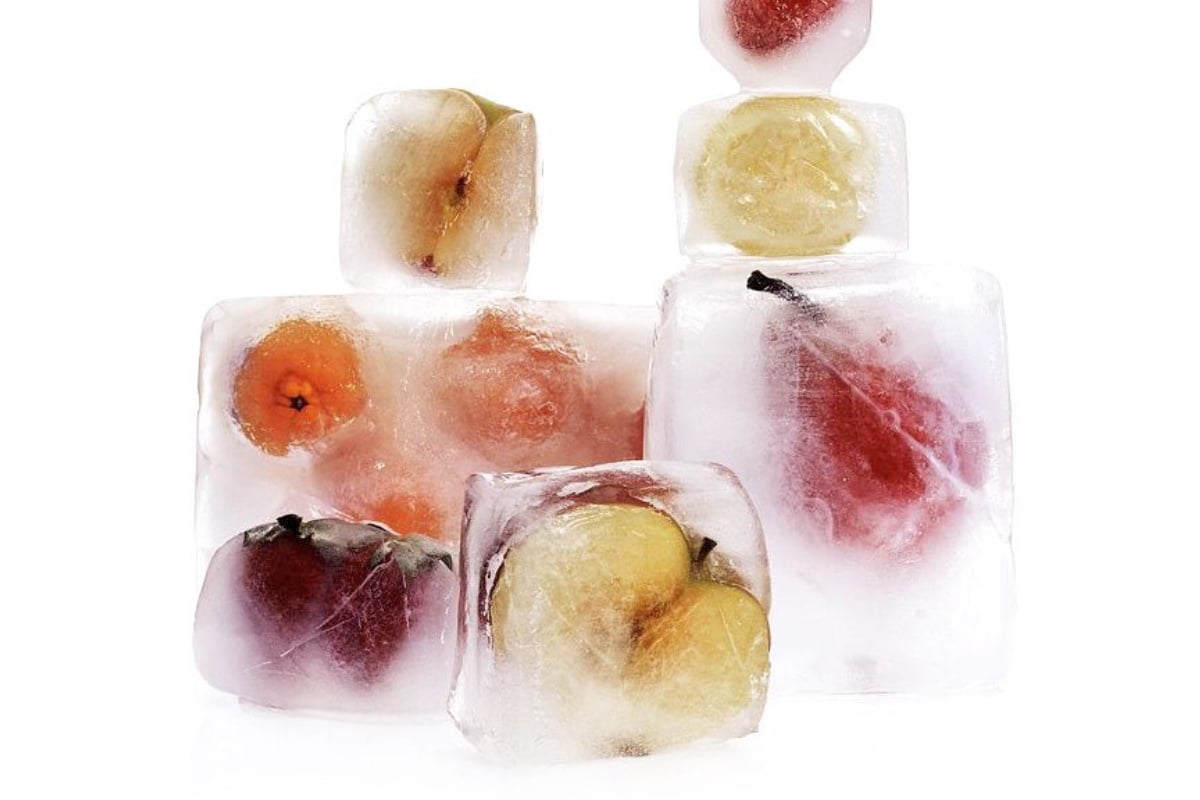Peptides are on the tip of our tongue with the rise of K18 and its miracle molecule, the K18 patented peptide. The viral hair products are catching everyone's attention; from Kim Kardashian to every beauty influencer with their finger on the pulse.
K18 have recently dropped two new peptide shampoos and if their previous track record is anything to go by then they MUST be good… right? But what exactly are peptides, and why do we need them in our hair products?
If you look closely, you might see a type of Peptide hiding in plain sight in the ingredients list of some of your favourite hair and beauty products, commonly; Palmitoyl pentapeptide, Acetyl tetrapeptide-9, Acetyl hexapeptide 3, 8, and 20 (a.k.a. Argireline), and Palmitoyl oligopeptide.
Let’s get into what a peptide is and how they work in our haircare products.
WHAT ARE PEPTIDES
Peptides are amino acids and these are the building blocks that make up proteins in the cells of our body, including; collagen in the skin, enzymes, hormones, and as an energy source, basically we can’t function without them.
These hard-working bonds naturally occur in our body and in the foods we eat, such as; Eggs, milk, meat, fish and shellfish, beans and lentils, soy, oats, flaxseed, hemp seeds and wheat, or they can be created synthetically to resemble the effects of real peptides.
To delve a little deeper, Peptides are not proteins. However, both are made up of amino acids and held together by peptide bonds. The main difference here is size – peptides are smaller than proteins, meaning they are made up of smaller chains of amino acids, which can actually make them very effective in our beauty products. For example, in haircare, the size helps them easily penetrate the hair follicle.

BENEFITS OF TOPICAL PEPTIDES IN HAIRCARE
Topical Peptides are highly effective in hair care because of how small they are, making it very easy for them to penetrate hair follicles and hair fibres. While they’re there, their main interests include; preventing breakage by increasing moisture, making your hair thicker and healing damage to the hair shaft.
MOISTURE
When applied topically to the hair, peptides increase moisture content to prevent breakage and split ends
GROWTH
Peptides don’t directly make your hair grow, however, they do increase oxygen and stimulate blood circulation to the scalp and provide hair follicles with a healthy, nurturing environment for the hair to grow. By increasing blood flow, Copper Peptides in particular encourage an increase in the size of the hair follicle which makes the hair thicker and fuller.
REPAIR & STRENGTHEN
Amino acids build the keratin protein that makes up 90% of our hair so we need those collagen peptides to work on building keratin to help keep the hair strong and healthy. While the hair shaft cannot repair itself as it contains no live cells, with the help of peptides the inner bonding of the hair can be restored.
For example, the K18Peptide™ will restore hair strength and elasticity by travelling into the innermost layers of hair and reconnecting broken keratin chains. Damage caused by bleach + colour, chemical services, and heat is reversed.
ANTIOXIDANT SUPPORT
Working to fight free radical damage for both skin and the hair shaft while protecting and defending hair and scalp.
We like you, peptides!



HOW PEPTIDES WORK
Peptides first entered the cosmeceutical field back in 1973 and since then, interest has grown increasingly for their “anti-ageing” properties.
Topical cosmeceutical peptides work in four different ways, with each having its own amino acidic sequence, which is crucial for its behaviour towards proteins such as collagen and keratin.
Here’s a quick breakdown:
NEUROTRANSMITTER PEPTIDES
Found in the likes of Argireline, and in Botox, working away to relax your facial muscles and reduce fine lines.
SIGNAL PEPTIDES
For example, Copper Peptides, stimulate the production of collagen and elastin. These are the ones most commonly found within your hair and skin care products.
CARRIER PEPTIDES
Promote wound healing and collagen production.
ENZYME-INHIBITOR PEPTIDES
Pump the breaks in the body’s natural process of losing collagen to send signals to stimulate production instead. Phew.
References
https://www.healthline.com/health/peptides-for-skin#benefits
https://www.medicalnewstoday.com/articles/326701
https://imb.uq.edu.au/article/2017/11/explainer-peptides-vs-proteins-whats-difference#:~:text=Both%20peptides%20and%20proteins%20are,of%20amino%20acids%20than%20proteins
https://pubs.rsc.org/en/content/articlehtml/2017/ra/c7ra10461h#:~:text=Peptides%20have%20the%20ability%20to,its%20behaviour%20towards%20hair%20proteins.
https://www.mdpi.com/2079-9284/4/2/16/htm
https://www.frontiersin.org/articles/10.3389/fchem.2020.572923/full

